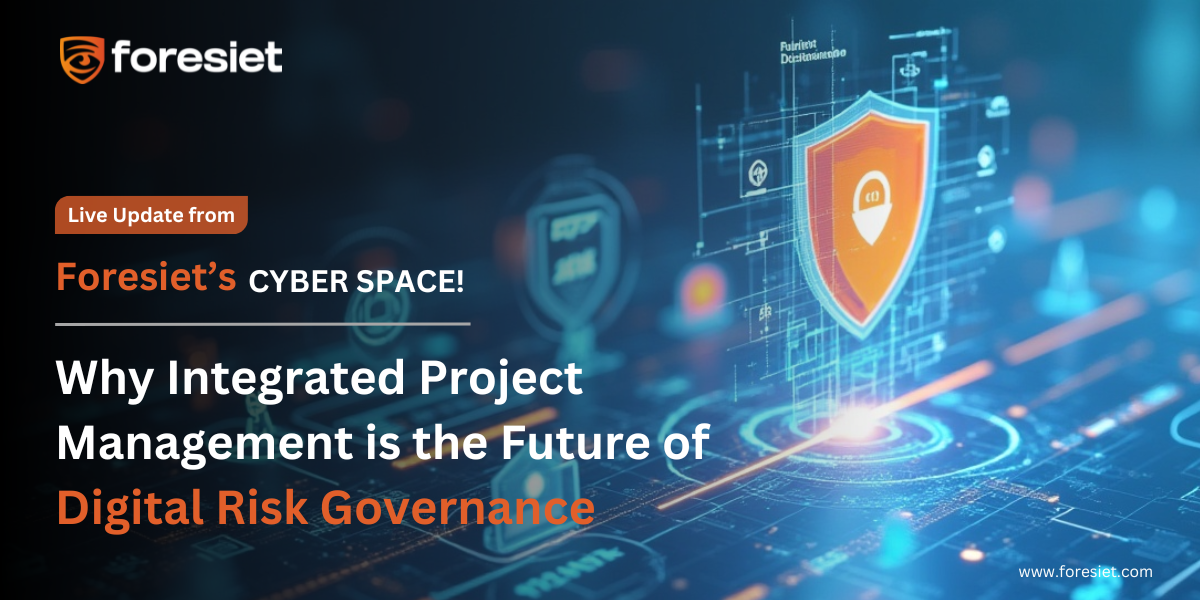The Crucial Role of Service-Level Agreements in Third-Party Risk Assessments

In today's interconnected business environment, third-party risk management has become a pivotal concern for organizations. As businesses increasingly rely on external vendors for essential services, managing the risks associated with these third-party relationships is critical. A key tool in mitigating these risks is the Service-Level Agreement (SLA). In this blog post, we will explore the role SLAs play in third-party risk assessments and why they are a cornerstone of effective risk management strategies.
What is a Service-Level Agreement (SLA)?
A Service-Level Agreement is a formal contract between a service provider and the client, outlining the specific services provided, performance expectations, and the responsibilities of each party. The SLA typically includes:
- Performance Metrics: Defines the acceptable levels of service.
- Responsibilities: Specifies which party is accountable for certain tasks.
- Penalties for Non-Compliance: Details the repercussions if agreed standards aren't met.
While SLAs are commonly used in the IT sector, they are crucial for any industry that involves outsourcing critical business functions to external vendors.
SLAs in the Context of Third-Party Risk
Third-party risk assessments involve evaluating the potential risks associated with partnering with external vendors, including financial, legal, reputational, and operational risks. SLAs serve as a critical layer of protection in this context, acting as a safeguard that clearly defines expectations and accountability.
SLAs are vital for mitigating several key risks:
- Performance Risk: An SLA clearly outlines what the business can expect from the vendor. In the absence of a well-structured SLA, performance standards can be ambiguous, increasing the risk of service failures.
- Compliance Risk: With growing regulations around data protection and security, SLAs must incorporate compliance obligations. This ensures that third-party vendors adhere to legal requirements, reducing potential regulatory breaches.
- Business Continuity: SLAs often include provisions for disaster recovery and business continuity, ensuring that a company can continue its operations even in the event of vendor issues. This is crucial for mitigating operational risks that arise when vendors fail to meet their obligations.
Components of an Effective SLA
A robust SLA is one that clearly defines both parties' expectations and holds the service provider accountable. Some essential components of an SLA include:
- Service Scope: Clearly defines what services are covered under the agreement and outlines the service provider's obligations.
- Measurable Metrics: Establishes quantifiable standards such as uptime, response times, or throughput, ensuring performance can be objectively measured.
- Penalties for Non-Performance: Specifies the repercussions for failing to meet performance standards. This can include financial penalties or service credits.
- Change Management: Outlines the process for modifying the SLA as business needs or regulatory requirements evolve.
- Security and Compliance: As data privacy laws continue to evolve, SLAs should explicitly address how the vendor will maintain compliance with regulations such as GDPR or CCPA.
Why SLAs Are Indispensable in Third-Party Risk Assessments
- Risk Transfer: SLAs can effectively transfer certain risks from the client to the vendor, providing legal recourse if the vendor does not fulfill their obligations.
- Accountability and Transparency: SLAs ensure that both parties are on the same page when it comes to expectations. This transparency reduces misunderstandings and enhances the business relationship.
- Proactive Risk Management: A well-drafted SLA encourages ongoing monitoring of vendor performance, allowing businesses to spot and address risks before they escalate.
Conclusion
As organizations continue to depend on third-party vendors for critical services, Service-Level Agreements have become indispensable tools in managing third-party risks. They ensure clear expectations, provide accountability, and offer a framework for resolving disputes. A well-drafted SLA not only protects the business but also enhances the overall vendor relationship, making it a cornerstone of effective third-party risk management.
By integrating SLAs into your third-party risk assessment strategy, you can mitigate potential risks, protect your business, and ensure smoother operations.
About Foresiet!
Foresiet is the pioneering force in digital security solutions, offering the first integrated Digital Risk Protection SaaS platform. With 24x7x365 dark web monitoring and proactive threat intelligence, Foresiet safeguards against data breaches and intellectual property theft. Our robust suite includes brand protection, takedown services, and supply chain assessment, enhancing your organization's defense mechanisms. Attack surface management is a key component of our approach, ensuring comprehensive protection across all vulnerable points. Compliance is assured through adherence to ISO27001, NIST, GDPR, PCI, SOX, HIPAA, SAMA, CITC, and Third Party regulations. Additionally, our advanced antiphishing shield provides unparalleled protection against malicious emails. Trust Foresiet to empower your organization to navigate the digital landscape securely and confidently.
Protect your brand, reputation, data, and systems with Foresiet's Integrated Digital Risk Platform. 24/7/365 threat monitoring for total peace of mind.


